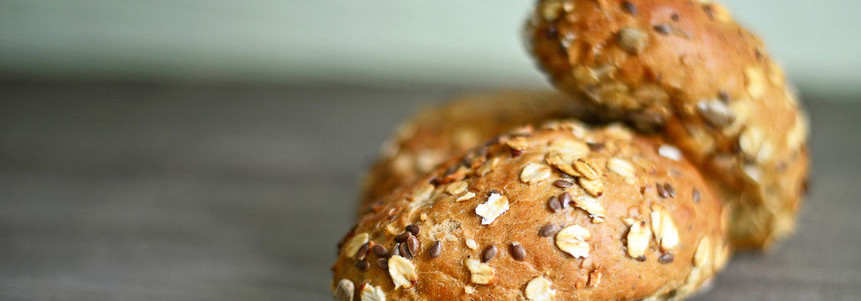
If you’re in search of ways to boost your brand, consider adding “high fiber” to your label. The public pays attention to what’s on the label, and fiber is a great selling point.
What counts as a “good source of fiber?”
Food with 5 grams or more of fiber per servings. The FDA regulates that the terms “high” may be used on the label when the food contains 20% or more of the RDI (Reference Daily Intake) or the DRV (Daily Reference Value) per reference amount customarily consumed.
But how will this affect my dough?
Higher levels of fiber will:
- Increase the water absorption of dough during mixing
- Increase in development time and decrease in mixing stability
- Decrease dough resiliency during proofing
- Decrease dough extensional properties
- Increase the viscosity and elasticity of the dough
The final product will have some changes in appearance, texture, taste and volume, as well. However, enzymes, gluten, dough conditioners and fermentation can help!
What are some good sources?
- Cereal and cereal byproducts: wheat, oat, barley and rice
- Non-cereal sources: nuts, pea, orange, sugar beet, peach, mongo, potato, and apple
- Commercial hydrocolloids: hydroxypropylmethylcellulose (HPMC), cellulose, gums (guar gum, locust bean gum, xanthan gum), oligosaccharides such as polydextrose and maltodextrins, and inulin

